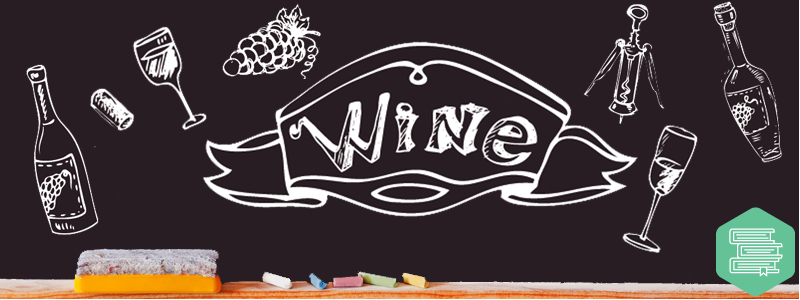About a decade ago some friends and I headed to Pizzeria Regina in Boston’s Italian North End. It’s an old-school kind of joint where red and white tablecloths adorn wooden tables, you only find pizza on the menu (look elsewhere, please, for your arugula or cavatelli), you queue up for a long while outside to gain entry, and, once inside, you get some first-rate sass with rarified requests. I learned that fact when it came time to order something to drink.
“What kinds of wine do you have?” I asked that long ago afternoon.
The middle-aged waitress had an extra pencil wedged behind her ear, an apron tied at her waist. She looked me dead in the eye.
“We got two kinds of wine,” she explained. “We got red wine. We got white wine.”
We went with the former. In those days I always chose the red, it tasted fuller to me, blooming as it went down my gullet. Maybe that fullness is what others call sweetness.
As the years went by, my wine preferences grew a bit more sophisticated. Now I know enough to opt for a Montelpuciano or a Malbec or a Rioja if I want something red. More often, though, I’ll choose white wine (I believe it gives me less of a headache, and I’ve noticed that reds often leave an unfortunate aroma on the breath of the drinker). In whites, I like a Grüner or a Sauvignon Blanc or a Riesling – something with bite and a tinge of grapefruit. Nothing too perfumed or too sweet.
My wine education is informal. I came to try Montelpuciano because some worldly Italian friends ordered it for me one evening in Milan. But if you forced me to do a blind taste test, it’s unlikely I’d be able to distinguish it from Chianti or Cabernet.
And yet in some precincts of my imagination I’d like to be a person who is able to make that distinction. Or who can, at least, be more fluent in the vocabulary used to talk about wine. When the waiter says in response to my request for something with a smidgen of citrus, “Oh, you want to try something dry?” I want to know what exactly he means. Right now, I nod yes but inside try to puzzle out how something liquid can be called dry, and how something dry can describe something thirst-quenching.
Last week I read Eric Asimov’s invitation to join his new-found wine school. Each month the New York Times’ wine critic will take up a type of wine — starting with Bordeaux — asking readers to try a bottle of his recommendation and to comment on it. Through this process we readers-turned-drinkers will attain an understanding of the qualities of each particular wine and will gain fluency (or at the least, I hope, literacy) in our new vocabulary.
I am matriculating.
Check back monthly for Sara’s updates on wine school for VinePair
Sara Ivry works at Tablet Magazine, where she hosts Vox Tablet, its weekly podcast on arts and culture. A longtime freelancer, she has contributed pieces to the New York Times, the Boston Globe, Real Simple, Medium, Design Observer, Bookforum and other publications.

